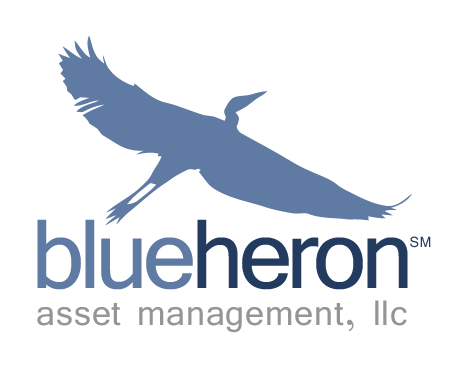We recently spoke with Maurice Malfatti, managing partner at Blue Heron Asset Management LLC, regarding the latest trends in real estate private equity as well as his outlook for the future.
Mr. Malfatti began by discussing the change in underwriting trends from the recession to today. He noted that six to eight years ago, investment returns were able to be generated simply by buying deeply discounted assets. Lenders were required to shed assets; therefore, buying well-located assets at wholesale prices and then selling at retail prices had the ability to produce favorable returns. Price appreciation was also driven in part by yield compression as the economy stabilized. Today, it’s a little more complex and relies upon operational expertise. Underwriting needs to carefully consider and build a value-creation plan, and good asset management requires diligent execution of that business plan. At Mr. Malfatti’s funds, which focus on multi-family as a property type, the underwriting consists of a target maximum level of debt of 65% at the portfolio level and requires strong property level fundamentals. The belief is that prudent leverage and sufficient capital to weather any future downturns will provide cushion and adequate runway to preserve value and generate returns in the long-term.
In real estate, the common notion is “location, location, location.” Blue Heron focuses on areas such as Raleigh, Charlotte, and Nashville, which over the past 10-15 years have shifted from 12-hour to 18-hour cities. Mr. Malfatti noted that while capital from institutional and foreign sources will always flow into primary gateway markets such as New York due to the liquidity and safety associated with those locations, “secondary” markets are increasingly drawing the attention of institutional investors, as evidenced by two recent multi-family sales by Blue Heron, each of which was purchased by a Canadian REIT. Mr. Malfatti, a former New Yorker, provided some examples of the changes he has seen in these markets, such as the transformation of downtowns to include shopping, entertainment, transportation, and other cultural aspects that have caused areas in Raleigh, Charlotte, Nashville, etc. to be compared with Brooklyn. Mr. Malfatti stated that while some people will still want to be in Brooklyn regardless of the cost, more and more employers and employees are finding the reduced cost of doing business and living, respectively, are very attractive in select secondary markets.
Mr. Malfatti also touched on instances where Blue Heron has participated in competitive bidding for deals. He talked about the possibility of up to 30 bidders during the process and how, with the competitive nature in mind, 90% of his funds’ deals have been cultivated through Blue Heron’s relationships. He stressed the importance of ‘doing the right things’ – being responsive and thoughtful, sharing knowledge, and providing meaningful feedback. He strives to educate his relationships on his firm’s multi-family focus and investment philosophy. Mr. Malfatti stated it is crucial to “be the person others think of when deals come to their desks.” He stressed that even in the event of a recession, a good reputation and the resulting relationships will help keep a firm strong.
A common theme/question at real estate events is “which inning we are in” relative to the current real estate cycle. Mr. Malfatti and his team at Blue Heron are currently in the process of starting their third fund. He said regardless of what inning we are in, if underwriting is conservative, the asset-level business plan is well structured and executed to unlock/create value, and prudent leverage is used, there will be ample opportunities for good investments.
Full Blog Post HERE
Source: EisnerAmper
